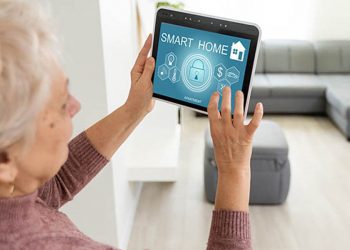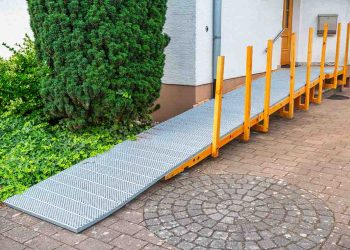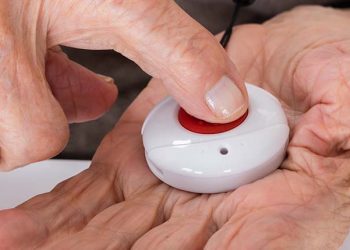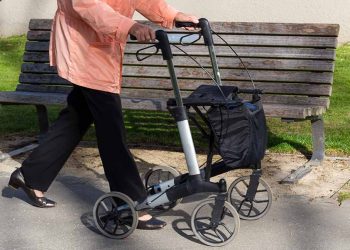KNX is an industry standard for a bus system in home and building automation. This means that all devices use the same transmission method and can exchange data via a common bus line. KNX networks components of home and building system technology and enables intelligent control of lighting, heating or alarm systems, for example,
More than 450 companies develop, produce and sell components for the intelligent bus system. These components can be sensors, such as a touch sensor actuators, such as a radiator valve. Besides, there are visualization devices such as control panels
Four different possibilities can be considered as transmission media:
- The two-core twisted pair bus line KNX TP is the most frequently used transmission medium for KNX installations With KNX TP, the bus line supplies all bus devices with both data and the necessary operating voltage.
- KNX PL (Powerline) is particularly suitable for retrofitting. Here, the existing power lines in the house are used as bus lines.
- Radio as a transmission medium for KNX is suitable when it is impossible to lay new cables in buildings (e.g. for sensors in hard-to-reach places). KNX RF is also suitable for the extension of already existing KNX TP installations.
- And finally, KNX also works IP lines. For example, company buildings can then be networked with each other worldwide and centrally maintained.
The installation of a KNX system should be planned and carried out by a professional. The most favorable is to include the system in the construction of the house. KNX is very flexible and adapts to the changing needs and desires of the smart home over the years.
Image: KNX

















